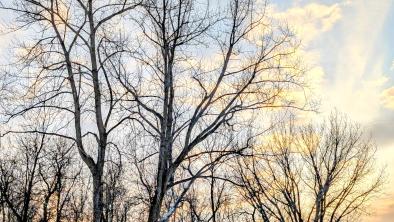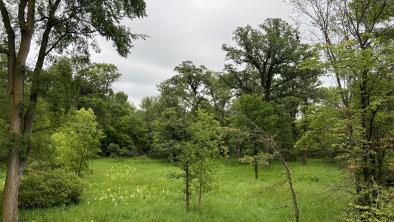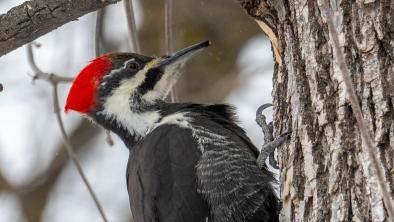Days and Nights in the Boreal Forests

April 29, 2016
A convocation of eagles had appeared ahead of me, but I was still fumbling to free my camera from the depths of my backpack.
This usually happens at the beginning of a journey, when you’re not quite ready to capture the wild playing out in front of you.On broad wings the stately raptors circled up and away from us, foreshadowing the amazing adventure we were embarking on in the Heart of the Boreal east of Lake Winnipeg.
We were on an expedition to plan a new Wilderness Committee Witness Tour to raise awareness about the Owl-Flintstone range of woodland caribou, and how to protect them. Woodland caribou are listed on both the provincial Endangered Species Act and the federal Species At Risk Act, because their home forests are being fragmented by development.
The Owl-Flintstone caribou are the most at risk, and the southernmost caribou left in Manitoba. These woodland caribou need large sections of undisturbed forest to survive. Research has shown that some boreal caribou move up to 20 kilometers away from a disturbance such as a logging clearcut or road.
The Owl-Flintstone range is reasonably intact right now, but signs of new quad trails being pushed into the bush are evident everywhere. This area will deteriorate if left unprotected.
Manitoba’s Living Wild
As we traveled up an abandoned gravel logging road on our bikes, boreal wildlife showed itself. Countless grouse scurried out of sight or remained amusingly motionless, seemingly willing themselves invisible as they stood out in the sand. Ducks and geese popped up in pairs from small wetlands all along our route, and a kingfisher's shrill chatter scolded us.
Eventually we cycled into older forest with thick caribou lichens on the ground. Caribou need forests at least 50 years old so the extremely slow-growing lichens are plentiful for them to subsist.
 Saddle sore from the first serious cycle of the season, we camped for the night along the Black River.
Saddle sore from the first serious cycle of the season, we camped for the night along the Black River.
As dinner and a tent were being set up, a large river otter came slipping down the stream. Swimming, clambering over rocks, and diving back underwater again, it quickly made its way around the bend and out of sight. It was another boreal treat: an intimate moment with the living wild of Manitoba.
As we sat around camp that evening, mesmerized by the fire and the glowing stars, I couldn't help but feel how special this place was. It is so important that people experience time outside for themselves, in nature, in the wild, both so they can enrich their lives as well as so they understand why we need to protect wilderness.
In 2011, the Manitoba government released a draft Action Plan calling for the home forest of the Owl-Flintstone caribou to be protected.
We wrote about the need to protect this caribou habitat in the Wilderness Committee education report Manitoba Wild: 5 Treasures at Risk.
Unfortunately, five years on, we have not seen any further action by the government. We need to remind the government that these caribou need protected habitat.
In the coming weeks we'll announce details for the overnight cycle trip to this woodland caribou habitat. The Bike for the ‘Bou Wilderness Committee Witness Tour will be full of the same kind of magical experience with the boreal forest that I just described. I hope you can join us, so you too become an advocate to protect the Owl-Flintstone caribou.
For the wild,
Eric
Photos: Eagles & Night Forest (Owl-Flintstone Boreal Woodland)


